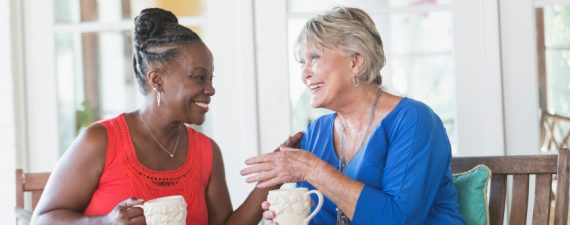Age Safe Renovations before you retire can allow you and your loved ones to enjoy your safety, security and longevity for the long road ahead. At Age Safe® America, we say, “a fall changes everything”. Fact is falls have become epidemic in America. Every 11 seconds, an older adult is treated in the emergency room for a fall, and every 19 minutes an older adult dies from a fall. Here’s the shining light …with just a bit of education about home safety and some simple modifications to the home most of these injuries can be prevented!
Many people do not think about changing their home environment until an accident has occurred or they can no longer perform basic tasks.
According to AARP nearly 90 percent of people over age 65 want to stay in their homes for as long as possible, known as aging in place. But here’s the problem, 85% have done nothing to prepare their homes for aging. Many people make the mistake of waiting too long to make the necessary renovations that could make aging on place easy and safe for themselves and those who visit their home.
Aging in place is also seen as an advantage in terms of a sense of connection and feelings of security and familiarity in relation to both homes and communities. Aging in place can relate to a sense of identity both through independence and autonomy. The home environment is tied to a person’s well-being and changes at home such as removing obstacles or introducing mobility aids can enhance ones independence as well as the safety and accessibility of all those who visit… referred to as universal design.
The R.L. Mace Universal Design Institute in Asheville, N.C. describes universal design as “the design of products and environments to be usable by all people, to the greatest extent possible, without the need for specialized design.” Principles of universal design focus on safety, ease of movement and attractive design for all ages and abilities, inside and outside.
As the Bipartisan Policy Center recently wrote in its report, America’s Growing Senior Population, “many of today’s homes were designed at an earlier time, before the demographic changes now transforming the country were even recognized. Most lack the necessary structural features that can make independent living into old age a viable, safe option.”
To make your home more feasible for aging in place, think about how you can start adding features like these:
- Stairless entries
- A gradual outdoor incline up to the entry instead of ramps
- Low or no thresholds at doorways
- Doorways wide enough to accommodate wheelchairs and walkers
- Widened hallways
- Lever-style doorknobs
- Lever-style faucet handles
- Shallower countertops to put items in easier reach
- Curbless shower stalls
- Open-concept floor plans that provide better lighting, shorter hallways and easier movement
- Single-floor living that includes a kitchen, bathroom, bedroom and laundry on the same floor
- Flexible living spaces that can change size or be used for more than one purpose
- Slip-resistant floors and lighter-color floors for greater visibility
- Lower placement of light switches and higher placement of electrical outlets
- More windows for better indoor light
Many retirees feel it is much more cost-efficient to make improvements to their current homes rather than seek out a facility or community that meets their needs. Moving to an assisted living facility can cost as much as $6000 to $8000 per month or more, plus the cost of the move. According to a report by the National Association of Home Builders the cost to widen a bathroom door, put in safety bars, and a roll-in shower would typically cost about $6,000 to $8,000, which is a one-time expense instead of a monthly or yearly drain on a homeowner’s finances. In addition to the economics, there’s the impact of being uprooted from ones community, routine, independence and privacy.

